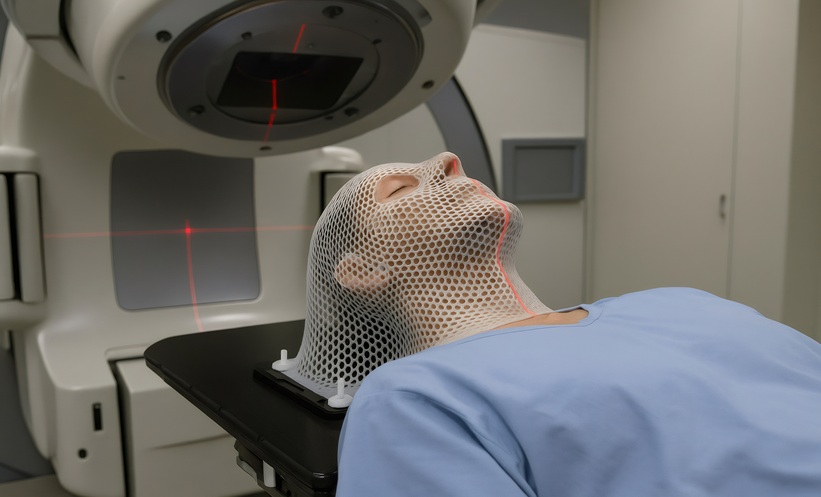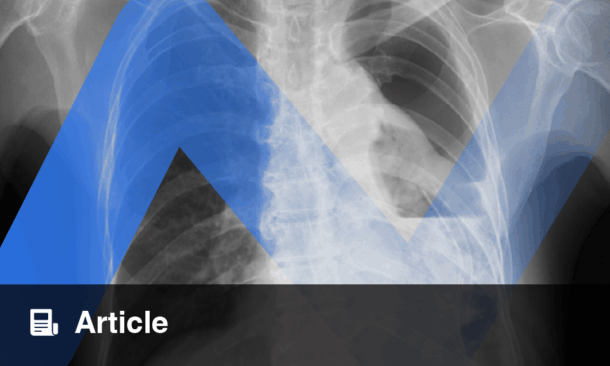ARTIFICIAL neural networks stratified adults with head and neck cancer after chemoradiation using routine clinical data.
Why This Matters for Older Adults
Older adults with head and neck squamous cell carcinoma are often underrepresented in trials, which limits evidence to guide chemoradiation decisions. In an international cohort drawn from 19 academic centers, researchers developed and externally validated artificial neural networks to estimate overall survival and progression-free survival in patients aged 65 years and older receiving definitive radiotherapy with concurrent systemic therapy. The models classified patients into high and low risk groups using only standard variables captured in oncology workflows, supporting tailored counseling and follow-up without additional testing.
Study Design and Population
The analysis used retrospective registry data from patients treated between 2005 and 2019 and excluded those with induction or adjuvant chemotherapy, prior head and neck cancer, or metastatic disease at treatment start. For overall survival, 898 patients were included with a median age of 71 years and a predominance of male patients. For progression-free survival, 945 patients were analyzed with similar demographic characteristics. Separate models were trained and tested, and performance was evaluated with receiver operating characteristic area under the curve metrics and precision recall area under the curve, alongside explainability methods that quantified feature importance.
Model Performance and Key Predictors
The overall survival model achieved an ROC-AUC of 0.68 with clear separation of risk groups, indicating moderate discrimination that may still be clinically actionable when combined with physician judgment. The progression-free survival model showed similar discrimination with an ROC-AUC of 0.64. Variables contributing most to prediction included human papillomavirus status, estimated glomerular filtration rate as a marker of kidney function, Eastern Cooperative Oncology Group Performance Status, and nodal classification. These predictors align with known prognostic signals in head and neck cancer and are readily available at the point of care.
Clinical Implications and Next Steps
For clinicians caring for older adults undergoing chemoradiation, head and neck cancer outcome prediction with artificial neural networks can inform shared decision-making, anticipatory toxicity management, and the intensity of surveillance. Because the inputs are routine and the models were externally validated across multiple centers, integration into clinical pathways is feasible. Discrimination is moderate, so outputs should complement rather than replace comprehensive assessment that considers patient goals, frailty, comorbidities, and tolerability of therapy. Further prospective evaluation could refine calibration and assess workflow impact in diverse U.S. settings.
Reference: Marschner SN et al. Outcome Prediction in Older Adults With Head and Neck Cancer Undergoing Chemoradiation. JAMA Otolaryngol Head Neck Surg. 2025;doi:10.1001/jamaoto.2025.3840.








